![]()
Loading...
![]()
Loading...
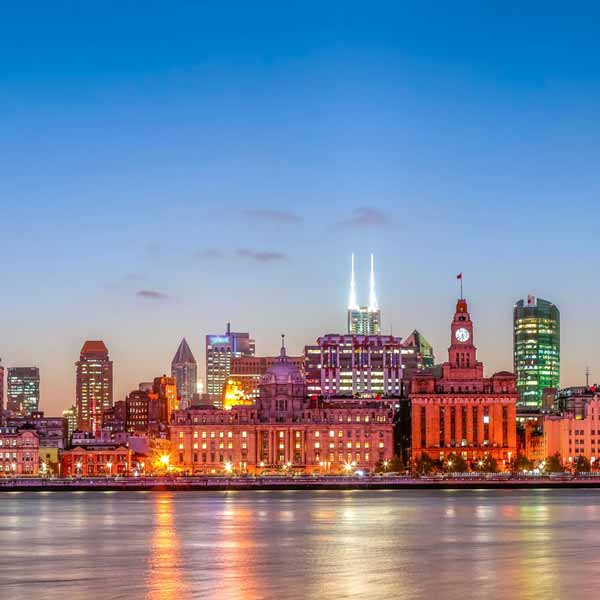
Located along East Zhongshan First Road, Huangpu District, Shanghai
With a total length of 1.5 kilometers, the Bund, which has extraordinary significance for Shanghai is located on the bank of the Huangpu River. It starts from the Shiliupu Pier on the south and ends up with the Waibaidu Bridge to the north, facing the Huangpu River on the east and 52 buildings in different Chinese and western style on the west. It is widely regarded as the "Exhibition of World Architecture".
Garden Bridge of Shanghai, Public Park, Chen Yi Square, Waterfall Clock, The Bund Valentine's wall, tourist tunnels, etc. Top highlight: Besides buildings in all kinds of styles, there are the morning exercises and night scene that are the true charms of the Bund.
| Transportation | East Nanjing Road Station, Metro Line 2 |
| Recreation | Tourist tunnel, Huangpu River cruise |
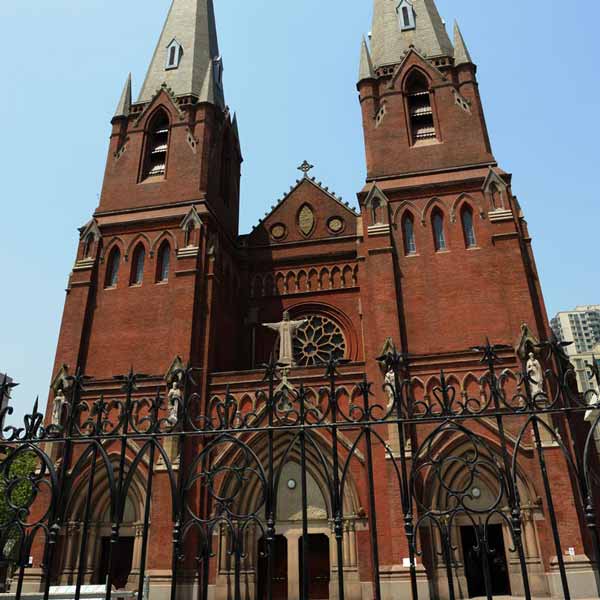
A A A A
Location: No.166-1 PuXi Road, Xuhui District, Shanghai
A century-old cluster of cultural buildings located in the southwest of Shanghai witnessed "the earliest Chinese encounter with Western cultures" and the earliest development of modern sciences in Shanghai and even in China. This locality is known as Xujiahui, a bustling area featuring cultural and historic legacies, flourishing commercial and trade activities, and extensive transportation networks, where the Xujiahui Origin, a National AAAA-Rated Tourist Attraction and the "first open metropolitan tourism area" in Shanghai, is located and acclaimed as the cradle of the Shanghai-style culture.
| Transportation | Xujiahui Station, Metro Line 11 |
| Opening hours | 9:00-17:00 |
| Website | www.xjh.sh.cn |

Location: Nanjing Road Pedestrian Walkway, No.299 East Nanjing Road, Huangpu District, Shanghai
Nanjing Road Pedestrian Walkway is one of the busiest commercial streets in Shanghai. Flanking the street are various shops and a brief glance offers the view of modern buildings blending with old-fashioned European constructions.
Nanjing Road Pedestrian Walkway is one of the busiest commercial streets in Shanghai; it has been a gathering place of department stores early in the beginning of the 20th century, known to ensure fruitful visits. Nowadays, the place has accommodated not only established department stores like Yong'an Department Store, Hualian Department Store and Silk Department Store, but also large shopping malls such as New World Comprehensive Consumption Circle, Bailian Global Trade International Plaza.
| Transportation | East Nanjing Road Station, Metro Line 2 |
| Opening hours | 24 hours. Malls open from 10:00-22:00 |
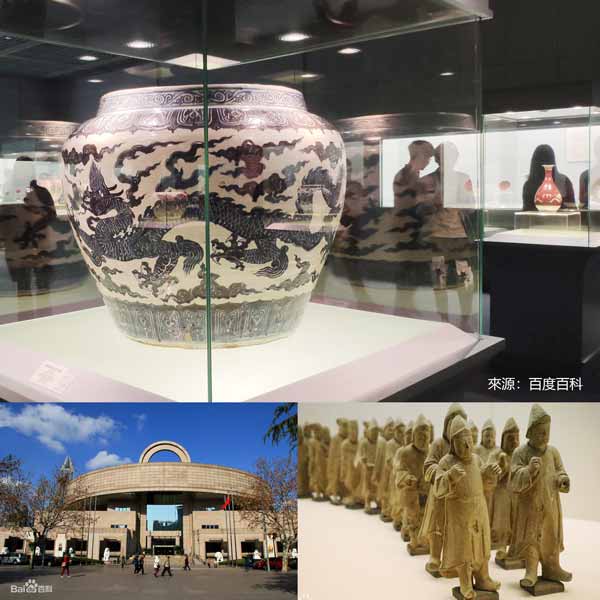
A A A A
Location: No. 201 Renmin Avenue, Huangpu District, Shanghai
As a large museum of ancient Chinese art, the Shanghai Museum boasts a collection of 140,000 precious relics, featuring bronzes, ceramics, paintings and calligraphy. The abundance and quality of the collection have enjoyed a high reputation both at home and abroad.
| Transportation | Line 8 People's Square Station |
| Ticket | Free |
| Opening hours | Tuesday-Sunday: 9:00-17:00 (Last entry at 16:00) |
| Website | shanghaimuseum.net |
(Sources: The Official Shanghai China Travel Website)
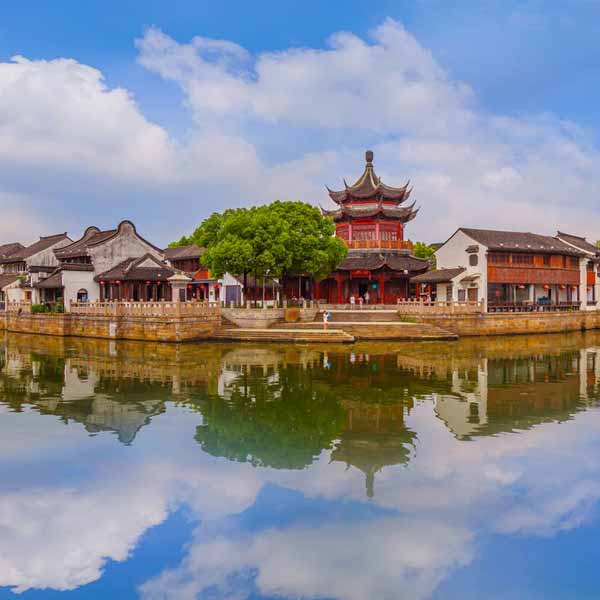
Historically, Suzhou was synonymous with high culture and elegance. Generations of Chinese artists, scholars, writers and high society were drawn to its exquisite art forms and the delicate beauty of its gardens. Discover Suzhou’s famous canals, romantic water towns, thousand-year-old temples and world-class museums. Savor traditional tea and cuisine along Suzhou’s historic streets. Treat your eyes and ears to ancient architecture and music. Rest your head in a bed that’s authentically Suzhou. Explore Suzhou’s unique offerings for a once-in-a-lifetime experience.

A A A A
Location: Gusu District - No 1, Kuo JIa Tou Lane, Suzhou
One of the cultural heritage, the national 4A level scenic spots, national key cultural relics protection units, Suzhou four famous gardens in the world.The garden was built in the Southern Song Dynasty Chunxi years (AD 1174). Step inside this Suzhou gem and find out why when the esteemed Metropolitan Museum of Art wanted to capture the essence of classical Chinese garden design, it looked to the Master of the Nets Garden’s Peony Hall for inspiration.
| Transportation | Take tourist buses No.1, 2 or 5. |
| Ticket | ¥30 (Jan. - Mar., June, Nov. - Dec.) / ¥40 (Apr. - May, July - Oct.) / ¥100 night tour (Mid-Mar. to Mid-Nov.) |
| Opening Hours | 7:30 a.m. - 5:30 p.m. (Apr. 16 - Oct. 30) / 7:30 a.m. - 5 p.m. (Oct. 31 - Apr. 15) / 7:30 p.m. - 10 p.m. (Mid-Mar. to Mid-Nov.) |
| Website | szwsy.com, traveltosuzhou.com/master-of-the-nets-garden |
Hangzhou is known for its historic relics and natural environment. Although Hangzhou has been through many recent urban developments, it still retains its historical and cultural heritage. Today, tourism remains an important factor for Hangzhou's economy. One of Hangzhou's most popular sights is West Lake, a UNESCO World Heritage Site. The West Lake Cultural Landscape covers an area of 3,323 ha (8,210 acres) and includes some of Hangzhou's most notable historic and scenic places. Adjacent to the lake is an area which includes historical pagodas, cultural sites, as well as the natural environment of the lake and hills, including Phoenix Mountain. There are two causeways across the lake.
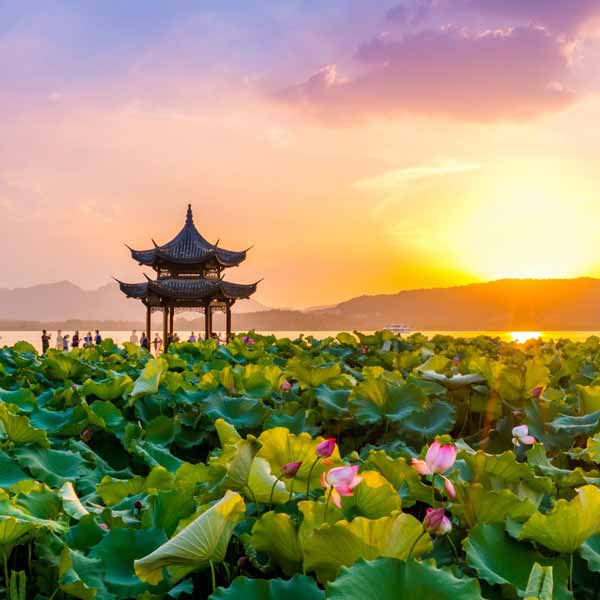
(Sources: Official Site Hangzhou Tourism Commission)
A bastion of China’s Lingnan (southern) culture, Guangzhou has a 2,200-year-old history. Known as the ‘Flower City’ and ‘City of Rams’, it’s also one of the country’s most dynamic cities and has been listed as China’s second city with the greatest change by Forbes magazine for two consecutive years.
You can explore both the ancient and recent history of Guangzhou at Nanyue King’s Museum, Guangxiao Temple, Baiyun Mountain, Zhenhai Tower and Dr Sun Yat-sen Memorial Hall. Alternatively, you can witness China’s spectacular transformation into modernity at the CantonTower, Asian Games town, Pazhou International Convention and Exhibition Center, Guangdong Science Center and Chimelong Tourism Resorts.
The city also offers visitors vibrant nightlife, beautiful views of the Pearl River, traditional diversions such as Cantonese opera and the circus, and, on the city’s bar streets and within its cosy hotels, a more chilled-out pace. And of course, there is the food. Guangzhou is the stronghold one of the world’s most popular styles of Chinese cooking — Cantonese cuisine. For travellers, one of the best ways to enjoy the city’s ancient cuisine heritage is by trying the traditional snacks that can be found on street corners and in alleys, which are especially popular. Shahe rice noodles, wonton noodles, shrimp dumplings, steamed pork dumplings and Sampan porridge are Guangzhou’s most representative snacks. Local or international, whatever your preference, Guangzhou’s 30,000 restaurants will cater to your needs.
Guangzhou is also a major transportation hub, offering air, land and water-based connections to many domestic and international destinations.
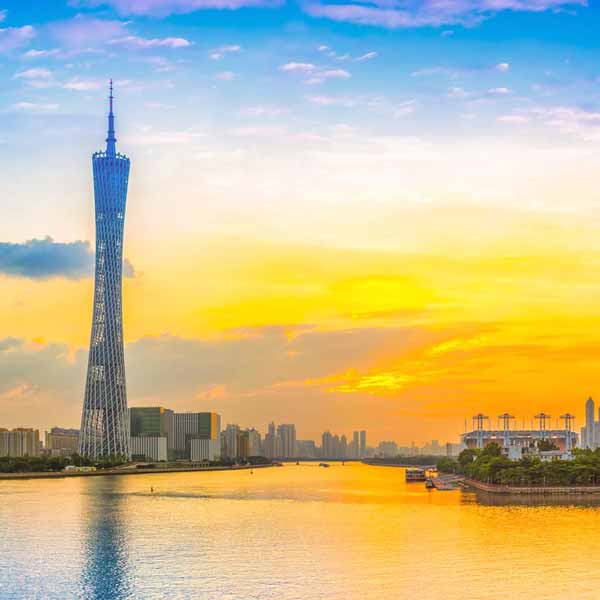
(Sources: discoverhongkong.com)
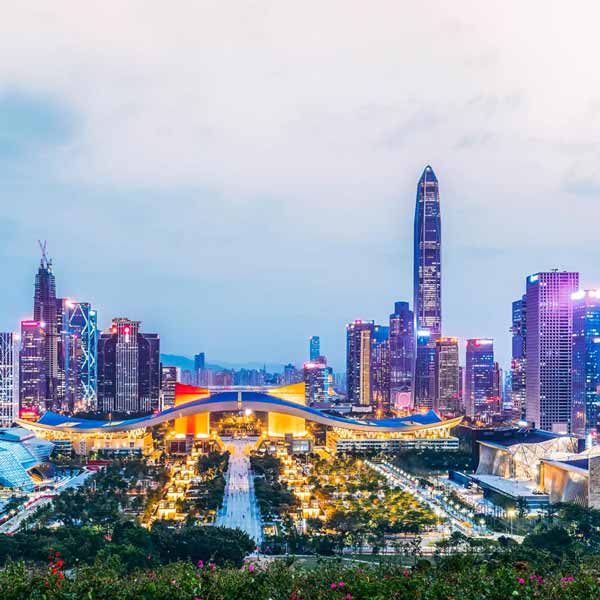
Shenzhen is located in Guangdong province, adjacent to Hong Kong and bordering Dongguan city and Huizhou city. As China’s first Special Economic Zone, Shenzhen’s pleasant climate and picturesque coastal and mountain scenery have turned it into an attractive travel destination, which earned a place on The New York Times’ list of the world's 31 must-visit destinations. It is also a major transport hub for travellers entering and departing China.
For travellers, Shenzhen offers 271 kilometres of coastline serving up high-quality beaches; a vibrant metropolitan lifestyle with cultural and entertainment attractions, shopping malls, food streets and nightlife districts; 15 golf clubs, including one of the world’s largest; and a selection of amusement parks that has made the city China’s true capital of theme parks.
(Sources: discoverhongkong.com)
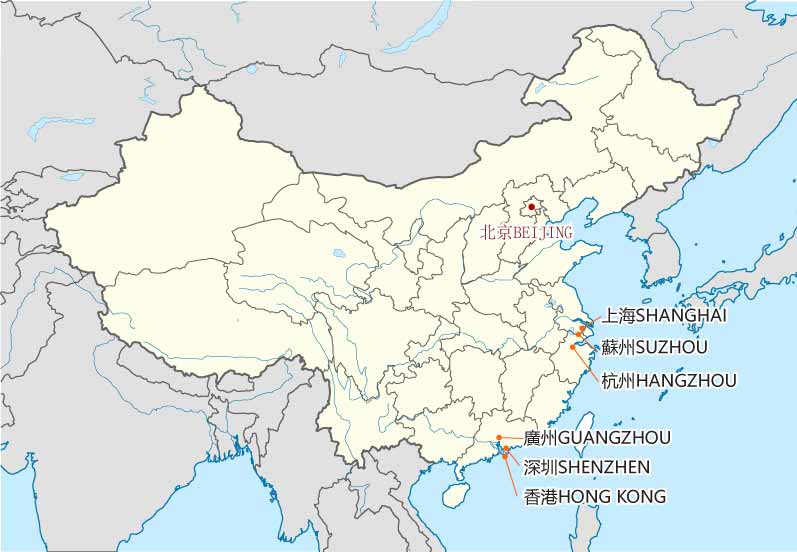
Language
Mandarin is the official language of China and is spoken by most of its population. While most hotels in the country employ staff who are fluent in other languages, visitors cannot count on communicating in English with people they meet outside of tourist facilities. It’s advisable to have addresses or instructions written down in Chinese to show to taxi drivers. All major streets have signposts in pinyin (the Romanisation system for Chinese characters), which make it easier to get around with the help of a map. Many people in China, especially young people, study English and welcome the opportunity to practise with foreigners. Don't be afraid to ask for directions in English from people on the street. You’ll usually be rewarded with a polite and often heroic attempt to help.
Weather
China’s enormous size means vast differences in regional climates. Be prepared for your trip by checking out the weather forecast for Mainland Chinese cities before you depart.
Currency
The currency in China is the Renminbi (RMB), the primary unit of which is the yuan. The smaller units are the jiao and the fen. 1 yuan is equivalent to 10 jiao and 1 jiao equals 10 fen. The banknotes available are 1, 2, 5, 10, 20, 50 and 100 yuan; and 1 and 5 jiao. Coins available are 1 yuan; and 1 and 5 jiao.
Power and electricity
The standard electrical voltage in Mainland China is 220 volts AC, 50Hz, so you will need an adaptor for 100-volt appliances.
Visas to Mainland China
Most foreign nationals require a visa to enter Mainland China. Visas should be obtained from the Embassy or Consulate General of the People's Republic of China in the applicant’s country before departing to Mainland China. A standard China tourist visa is good for sightseeing and visiting friends and relatives, and can be obtained for a single entry, double entries or multiple entries. Other visas such as business visas or working visas are also available. For details, please contact your nearest Chinese embassy or consulate.
Chinese visa for overseas speakers:
Visitors to the mainland of the People's Republic of China must obtain a visa from one of the Chinese diplomatic missions, unless they come from one of the visa exempt countries. However, visitors of some countries may be granted visa-free entry if they meet specific requirements. Please check with your closest Chinese embassy for the latest visa-application requirements and apply on a timely manner. If you need a letter of invitation from the organizers, we will be happy to assist. Visa fee shall be borne by speaker. If a speaker is unable to give the speech at conference venue due to visa handling issue, please contact co-sponsors as soon as possible. If refund is needed, it would be processed in accordance with refund policy of the conference.
(Sources: discoverhongkong.com)



Tel: (86) 0755-82979197

Tel: (86) 19921605549

Tel: (852) 23234927
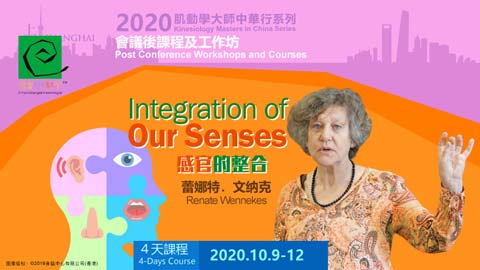
October 9-12, 2020
Venue: Guangzhou
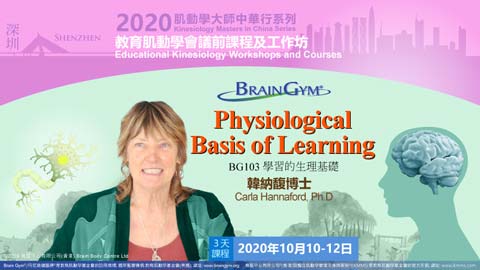
October 10-12, 2020
Venue: Shenzhen